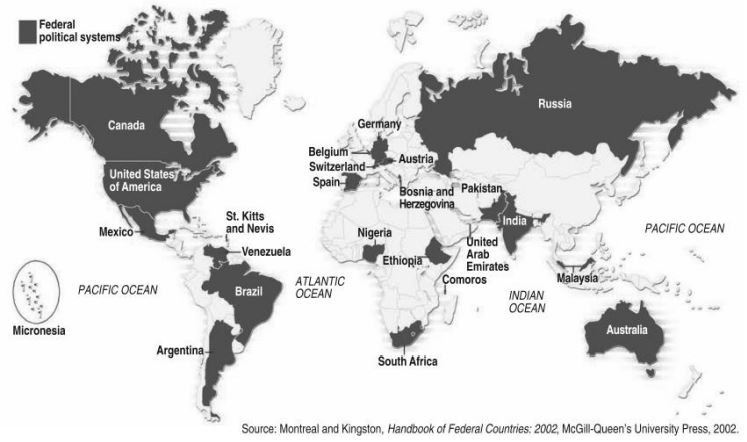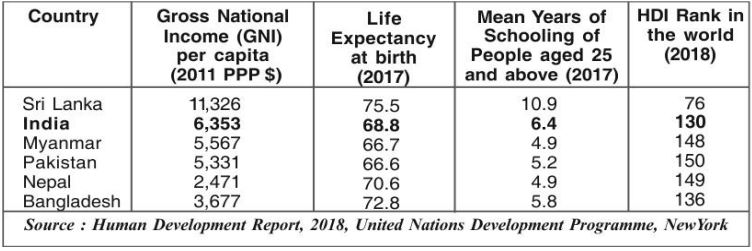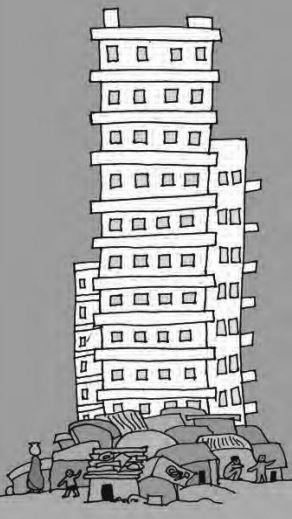CBSE Class 10 SSt Practice Paper 2023: CBSE Class 10 students preparing for the Social Science exam which is due to be held on March 15, 2023, can check here the CBSE Practice Paper of Social Science. The board has released additional practice questions other than the CBSE Class 10 Social Science Sample Paper released in September, 2022. Since these questions have been curated by the CBSE educators, students must take them as one of the most important resources for their board exam preparations. Solving the questions given in CBSE Class 10 Social Science Practice Paper 2023 will help you in self-assessment that how much you know in Social Science and which is the area of improvement. This practice paper comes with the marking scheme cum solution with the help of which you can know answers to all questions for quick revision before the exam. Download the CBSE Class 10 Social Science Practice Paper 2023 and Marking Scheme in PDF here.
CBSE Class 10 Social Science (Code – 087)
Time Allowed: 3 Hours Maximum Marks: 80
General Instructions:
i. Question paper comprises Six Sections – A, B, C, D, E and F. There are 37 questions in the question paper. All questions are compulsory.
ii. Section A – From question 1 to 20 are MCQs of 1 mark each.
iii. Section B – Question no. 21 to 24 are Very Short Answer Type Questions, carrying 2 marks each. Answer to each question should not exceed 40 words.
iv. Section C contains Q.25to Q.29 are Short Answer Type Questions, carrying 3 marks each. Answer to each question should not exceed 60 words
v. Section D – Question no. 30 to 33 are long answer type questions, carrying 5 marks each. Answer to each question should not exceed 120 words.
vi. Section E – Questions no from 34 to 36 are case based questions with three sub questions and are of 4 marks each.
vii. Section F – Question no. 37 is map based, carrying 5 marks with two parts, 37a from History (2 marks) and 37b from Geography (3 marks).
viii. There is no overall choice in the question paper. However, an internal choice has been provided in few questions. Only one of the choices in such questions have to be attempted.
ix. In addition to this, separate instructions are given with each section and question, wherever necessary.
Related:
SECTION A
MCQs (1X20=20)
1. Rehman is a poor agricultural labour and needs a loan for cultivation on his small piece of land.
Which of the following would DEFINITELY offer him a fair interest rate and flexible terms of credit?
A. village moneylender
B. cooperative society
C. commercial bank
D. rich landowner
2. Shazia’s teacher asked her a question, to which she answered, “MGNREGA 2005”.
What could have been the teacher’s question?
A. Name the act that was devised to implement the Right to Work.
B. Name the act that was devised to implement the Right to Equality.
C. Name the act that was devised to implement the Right to Freedom.
D. Name the act that was devised to implement the Right to Education.
3. Which of the following steps would guarantee the welfare of the employees in the organised sector?
P: payment of equal remuneration to men and women at the workplace
Q: protection of the employment of women during the time of maternity
R: prohibition of child marriage and providing relief to victims
S: payment of a one-time bonus to all retired employees
OPTIONS:
A. only P and S
B. only P, R and S
C. only P, Q and S
D. all – P, Q, R and S
4. Which of the following is NOT an example of the process of globalisation?
A. Google’s headquarters being in California with multiple offices across the world
B. Railways being the largest public sector undertaking employer in India
C. McDonalds introducing McAloo Tikki specially for the Indian menu
D. Spanish family having masala dosas for their weekend breakfast
5. A multinational company (MNC) is a corporate organization that owns and controls production in more than one country.
Accordingly, which of following countries has the BEST potential for an MNC to be set up?
A. Country W has a rich culture and ample biodiversity.
B. Country X provides loans to foreign companies easily at high interest rates.
C. Country Y has an educated workforce ready to work for affordable remuneration.
D. Country Z has a rule which allows people from a specific religion to conduct business freely.
6. Under the sustainable development goals, social equality with regards to access to resources is one of the most pressing challenges.
Accordingly, which of the following crises is related to the statement above?
A. damage to infrastructure due to floods
B. scarcity of clean water for consumption
C. damage to crops caused by heavy rains
D. combating water borne diseases in rural India
7. Sharanya is making a list of natural resources for a project. She puts wind energy under one column and coal under another column.
On what basis is she classifying the resources?
A. on the basis of origin
B. on the basis of ownership
C. on the basis of exhaustibility
D. on the basis of status of development
8. The Nicobar pigeon is a bird found only on small islands and coastal regions from the Andaman & Nicobar Islands, and further east – through the Malay Archipelago to the Solomon and Palau region. (Source – Wikipedia)
Accordingly, which of the following kind of species would it fall under?
A. rare species
B. extinct species
C. endemic species
D. vulnerable species
9. Learning from Belgium’s experience, which of the following steps could have MOST LIKELY avoided a civil war in Sri Lanka that ended in 2009?
A. making reservations in jobs for the Tamil speaking minority community
B. dividing the entire country on the basis of linguistic lines to appease the citizens
C. devising laws to accommodate the ethnic differences of citizens to ensure peace
D. conducting a thorough census to strictly segregate the Indian Tamils from the Sri Lankan Tamils
10. Look at the world map given below and answer the following question.
Which of the following deductions can DEFINITELY be made from the map?
A. Argentina is the largest federal country in South America.
B. Germany has states that share power with the centre.
C. Asia has the maximum number of federal nations.
D. China does not have provincial administrations.
11. There are two statements given below, marked as Assertion (A) and Reason (R).
Read the statements and choose the correct option.
Assertion (A): In India, the literacy rate among women is significantly lower than among men.
Reason (R): The patriarchal system in India gives more value to the education of the heir who carries on the family name.
A. A is true but R is false.
B. A is false but R is true.
C. Both A and R are true and R explains A.
D. Both A and R are true but R does not explain A.
12. Country P has recently adopted democracy after a long struggle.
Which of the following outcomes can the citizens of this country DEFINITELY expect due to this change?
A. sharp decrease in poverty in all communities
B. more accountability on part of the government
C. drastic rise in the national income due to sharp economic growth
D. rules and laws to be drafted according to the needs of the majority groups
13. ‘Opposition slams minister’s remark; condemns rising fuel prices.’
The above statement shows the important function of opposition parties in a democracy. Which of the following options does NOT fall under the functions of an opposition party?
A. auditing the government’s spending and budget
B. criticising the government for its shortcomings and mistakes
C. asking questions from the government to ensure accountability
D. mobilising the support of other parties to oppose the decisions of the government
14. Which of the following shortcomings DEFINITELY exists in democratic regimes?
A. glorification of war
B. sluggish decision making
C. elimination of free market
D. diffusion of aggressive nationalism
15. Given below are some allegories used in Europe during the nationalist movement.
Accordingly, which one of the following signified the beginning of a new era?
A. broken chains
B. rays of the rising sun
C. breastplate with eagle
D. olive branch around sword
16. Read the given data and answer the following question.
Identify the country that MOST PROBABLY has a well-developed healthcare system but
lesser average education than India.
A. Sri Lanka
B. Myanmar
C. Pakistan
D. Nepal
17. The woodcut painting given below was created during the time when Indians were beginning to accept the idea of women’s education in the late 19th century.

Which of the following scenarios was the artist MOST LIKELY trying to portray in this art piece?
A. listening to music is the best way to spend one’s free time
B. increasing popularity of western idea of marriage
C. challenging the conventional gender roles
D. pleasure being the ultimate goal of life
Note: The following question is for visually impaired candidates only in lieu of Q No. 17
‘Tremble, therefore, tyrants of the world! Tremble before the virtual writer!’
What did Mercier mean by the above lines?
A. rulers often attacked the writers in order to maintain their power over people
B. the spread of print culture would bring down the spirits of intellectual writers
C. printing of books had the potential to bring an end to despotism
D. cruel leaders needed to reflect upon their actions
18. Against which of the following forms of discrimination did Mahatma Gandhi launch a satyagraha in South Africa?
A. racism
B. sexism
C. ageism
D. casteism
19. Look at the image given below.
Which of the following goals of development should be prioritised in this region?
A. reducing income disparities
B. combatting climate change
C. ending gender violence
D. ensuring caste equality
20. Monica is reading an abstract written by Tarabai Shinde.
Which of the following is MOST LIKELY to be the central issue of this text?
A. religious indoctrination by priests
B. miserable lives of farmers in debt
C. plight of upper caste Hindu widows
D. exploitation of children by factory owners
To check all questions, download the full practice paper from the link mentioned below:
Students can check answers to all questions given in the above practice paper from the marking scheme cum paper solution from the following link:
Some other important resources for CBSE Class 10 Social Science Board Exam can be checked below for quick and effective preparation:


